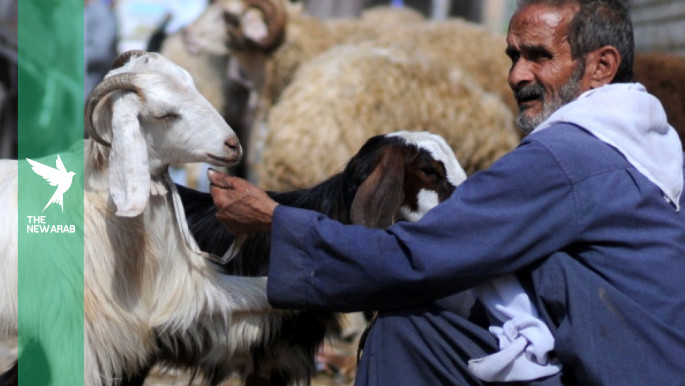The ministry urged the public to adhere to hygiene measures when handling livestock, as this helps prevent the transmission of the virus. [Getty]
The Iraqi Ministry of Health announced on Monday that the number of deaths from viral haemorrhagic fever has risen to 30 out of 231 confirmed cases since the start of 2025.
The ministry urged the public to adhere to hygiene measures when handling livestock, as this helps prevent the transmission of the virus.
Crimean-Congo haemorrhagic fever is transmitted to humans either through tick bites or through contact with the blood or tissues of infected animals during or immediately after slaughter.
On 12 June, Iraq had reported 19 deaths from the disease out of 123 cases recorded since the beginning of the year. Speaking to reporters on Monday, Health Ministry spokesperson Saif al-Badr said, “The cumulative total for 2025 is 231 confirmed infections, including 30 deaths,” six of which were in the capital, Baghdad.
“The viral haemorrhagic fever is a transmissible illness between animals and human beings. The fever may be directly transmitted from an animal to human beings and then from humans to humans through direct contact with the patient’s blood and other discharges. The fever is transmitted by a type of bug called Hyalomma during warm and humid seasons,” Shalaw Arif Rasheed, a veterinary expert, told The New Arab. “In the second week, the patient shows signs of bleeding, and the death rate from this virus is above 50 per cent.”
The virus was registered in Iraq in the late 1970s of the last century, and it mostly grows in rural areas. Those who breed cattle are mostly vulnerable to catching the virus.
Answering a question about why the Iraqi government failed to contain the illness, the physician said that the main reason is that Iraqi authorities did not regularly conduct pesticide campaigns, especially in the middle and southern parts of the country.
He also said that to contain the illness, Iraqi health authorities should increase pesticide campaigns before the start of the hot season, regularly conduct medical tests on animals when transferring them between provinces, ensure that animals are only slaughtered in formal butchery houses, and finally, launch wide-reaching awareness campaigns on how people treat meat and take precautionary measures while handling meat and animals.
TNA spoke with Saif al-Badr, but couldn’t get a comment on the issue. TNA also contacted the World Health Organisation (WHO) in Iraq but did not receive a response by the time of publishing this report.
There is no vaccine for this disease, either for humans or animals. Its initial symptoms include fever, muscle pain, and abdominal pain. However, as the disease progresses, it can cause bleeding from the eyes, ears, and nose, eventually leading to organ failure and death, according to the Iraqi Ministry of Health.
The majority of infections this year have been recorded in Dhi Qar province (84 cases), a poor rural area in southern Iraq where cattle, sheep, goats, and water buffalo are raised—all of which are intermediary carriers of the disease. According to the Ministry of Health, livestock breeders and butchers are considered the most at risk of contracting the virus.
